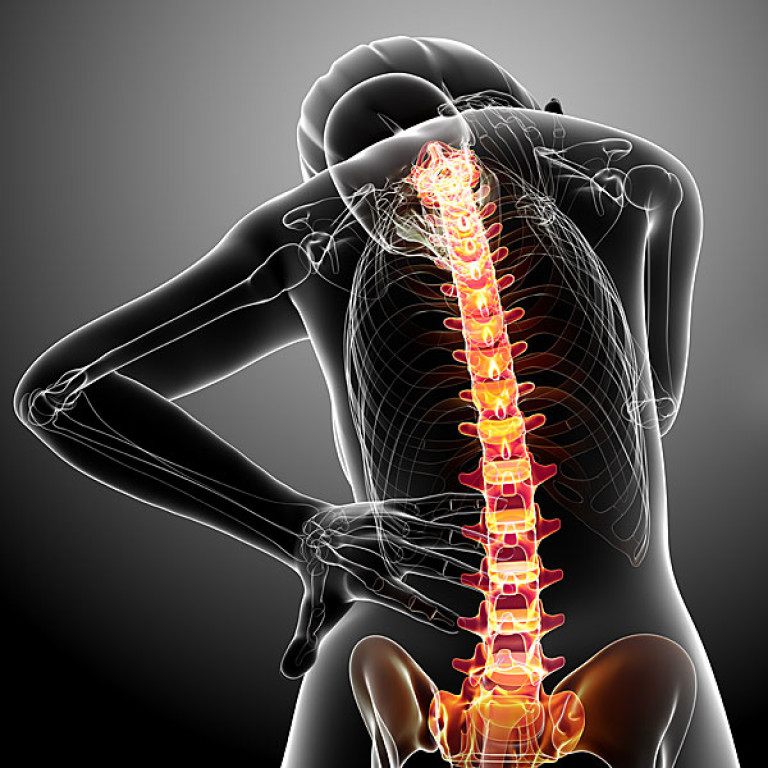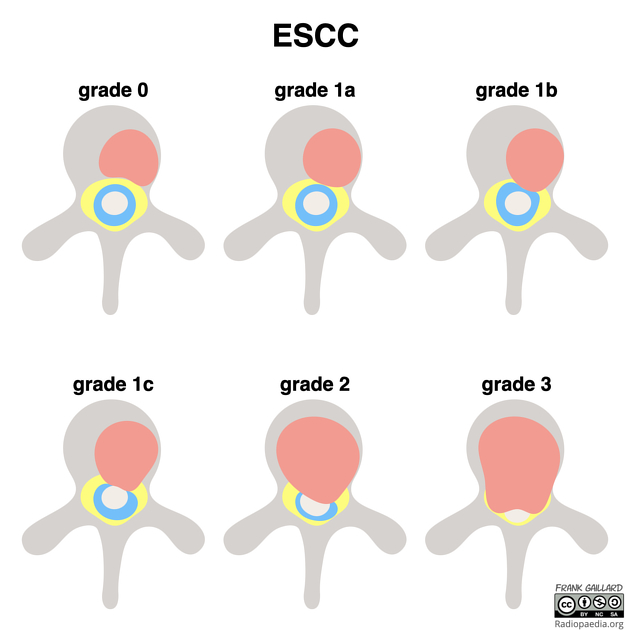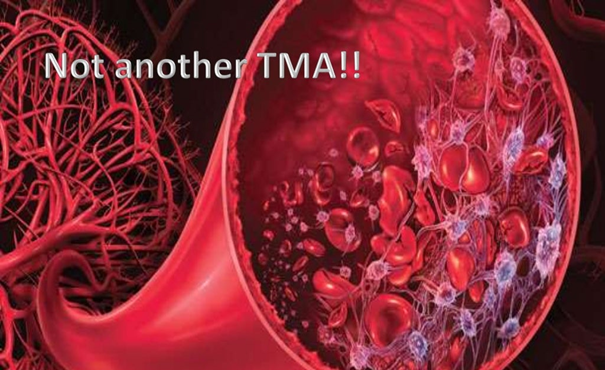#1 Embrace empathy.
Understand that every patient is unique and has a story worth hearing.
Listen.
Connect with your patient on a deeper level than just a "health provider".
Provide comfort and support.
It's necessary to reflect upon their pain.
Understand that every patient is unique and has a story worth hearing.
Listen.
Connect with your patient on a deeper level than just a "health provider".
Provide comfort and support.
It's necessary to reflect upon their pain.
#2 Caring for others requires caring for yourself.
Take time for activities that replenish your energy and help you decompress. You don't help anyone with your insecurity and own problems you have with this world. Your well-being and confidence is crucial for quality care.
Take time for activities that replenish your energy and help you decompress. You don't help anyone with your insecurity and own problems you have with this world. Your well-being and confidence is crucial for quality care.
#3 Seek guidance.
Don't hesitate to reach out to experienced colleagues, mentors, or friends. Discussing your emotions and concerns can help you process difficult experiences, change perspective and find coping mechanisms. Remember, you're never alone in this world.
Don't hesitate to reach out to experienced colleagues, mentors, or friends. Discussing your emotions and concerns can help you process difficult experiences, change perspective and find coping mechanisms. Remember, you're never alone in this world.
#4 Acknowledge limitations.
You can't always save everyone, and that's okay. Understand that medicine has ends, and you're doing the best you can with the knowledge and resources available. Focus on compassionate care rather than projecting your own anxiety.
You can't always save everyone, and that's okay. Understand that medicine has ends, and you're doing the best you can with the knowledge and resources available. Focus on compassionate care rather than projecting your own anxiety.
#5 Death is the end of all things and gives meaning to all things.
Death scares the shit out of me, and that's ok because that makes me value every moment I have on this world.
Use every minute you have with your patients to give them and yourself meaning in the Today & Now.
Death scares the shit out of me, and that's ok because that makes me value every moment I have on this world.
Use every minute you have with your patients to give them and yourself meaning in the Today & Now.
#6 Be truthful.
Dialogue is vital for prognosis and end-of-life care. Be honest, compassionate, and listen actively. Let them share their fears, hopes, and questions.
Remember, know your own insecurity and give yourself space to evolve and become better in this.
Dialogue is vital for prognosis and end-of-life care. Be honest, compassionate, and listen actively. Let them share their fears, hopes, and questions.
Remember, know your own insecurity and give yourself space to evolve and become better in this.
#7 Be less impressed and get more involved.
Cultivate mindfulness techniques to help you stay present amidst emotional intensity. Whatever it is you do to achieve that, mindfulness can ground you, make you realize what's relevant, enhance your ability to reflect and understand.
Cultivate mindfulness techniques to help you stay present amidst emotional intensity. Whatever it is you do to achieve that, mindfulness can ground you, make you realize what's relevant, enhance your ability to reflect and understand.
#8 Facts don't equal truth, nor do opinions.
Do not hide behind facts. Life is so much more than a parameter or an image. The truth of suffering and death requires to be open for higher truths and differentiation.
Never become a narrow minded snob of realism.
Do not hide behind facts. Life is so much more than a parameter or an image. The truth of suffering and death requires to be open for higher truths and differentiation.
Never become a narrow minded snob of realism.
#9 YNWA.
Surround yourself with a strong support system of colleagues who understand the challenges you face. Share your experiences, exchange advice, and offer each other support. Together, you can navigate the complexities of medicine and find solace in one another.
Surround yourself with a strong support system of colleagues who understand the challenges you face. Share your experiences, exchange advice, and offer each other support. Together, you can navigate the complexities of medicine and find solace in one another.
#10 You CHOSE to be here.
Remember why you chose this path of medicine. Even in the face of suffering and death, the impact you have on patients' lives is profound. Celebrate moments, and make a difference in this Here and Now, one patient, one life at a time. Your life.
Remember why you chose this path of medicine. Even in the face of suffering and death, the impact you have on patients' lives is profound. Celebrate moments, and make a difference in this Here and Now, one patient, one life at a time. Your life.
In the end, cherish the golden rule: treat others as you would like to be treated. The insecurities of others can be probably also found within yourself.
Thanks for reading and happy to read your own reflections and techniques. Sorry for the messed up publication of the 🧵🙏
Thanks for reading and happy to read your own reflections and techniques. Sorry for the messed up publication of the 🧵🙏
• • •
Missing some Tweet in this thread? You can try to
force a refresh

 Read on Twitter
Read on Twitter


















